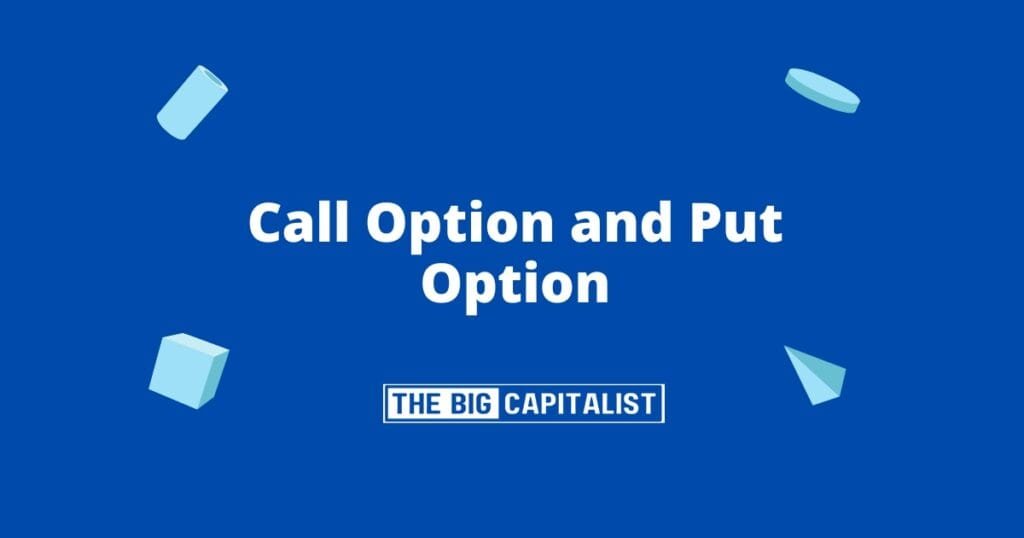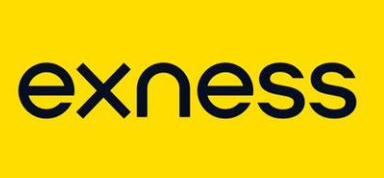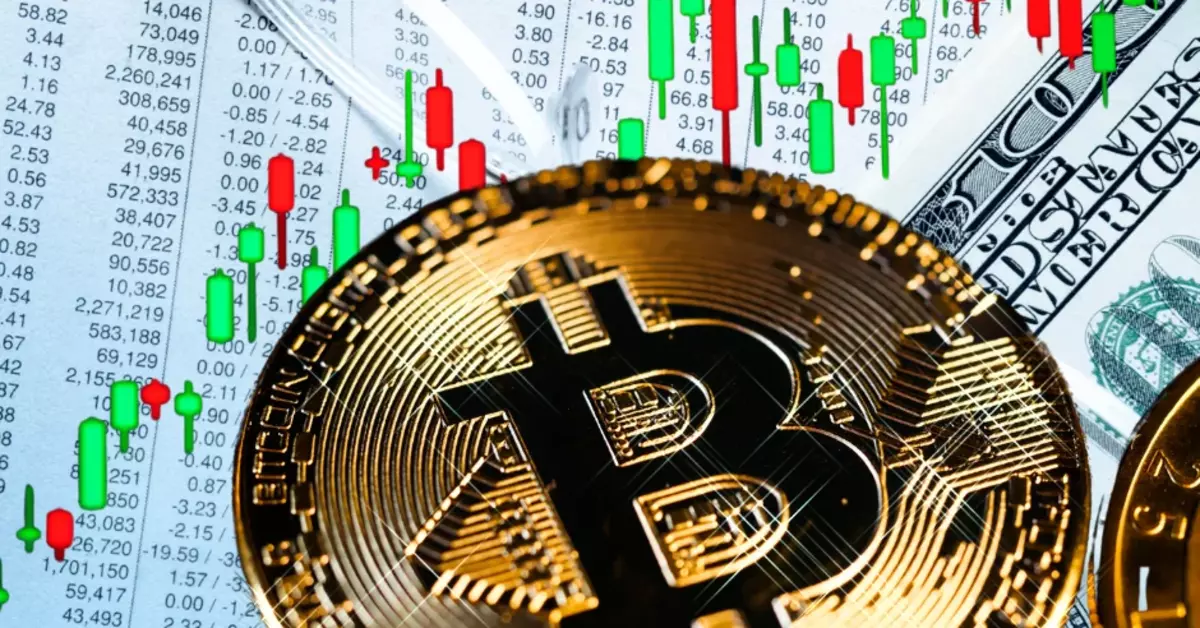In the world of finance, options trading is a key strategy. It involves contracts that offer the right to buy or sell assets, specifically through a call option and put option.
Two main types of options exist: call options and put options.
A call option gives the holder the right to buy an asset at a specified price. This is typically used when the investor expects the asset’s price to rise.
On the other hand, a put option allows the holder to sell an asset at a predetermined price. This is often used when the investor anticipates a drop in the asset’s price.
Understanding these options and their differences is crucial for anyone interested in stock market trading.
This article will delve into the details of call and put options, their uses, and their role in options trading.
Understanding Options Trading
Options trading is a form of investment that deals with derivatives. These derivatives derive their value from underlying assets, such as stocks.
Investors use options to speculate on the future direction of stock prices. They can also manage risk in their portfolios using options.
Options trading offers flexibility and can be tailored to many investment goals. However, it requires understanding specific terms and strategies.
Call Options Explained
A call option is a financial agreement providing the buyer the right to purchase a stock. It specifies a price, known as the strike price, and must be exercised within a set timeframe.
Call options are popular among investors who anticipate a stock’s price will rise. The limited initial cost of a call option attracts buyers interested in leveraging smaller investments.
When purchasing a call option, buyers pay a premium to the seller. This premium secures the right to buy the underlying stock at the agreed price.
Investors who buy call options often exhibit a bullish outlook on the stock market. They expect the stock’s value to exceed the strike price before expiration.
Call options allow investors to capitalize on potential stock price rises without having to purchase the stock outright.
The Mechanics of a Call Option
The core of a call option involves several key components. First, the strike price is crucial, as it dictates the agreed price for purchasing the stock.
The expiration date is another critical aspect, marking the last day to exercise the call option. Buyers must make a decision before this date.
If the market price exceeds the strike price, the option is “in the money.” This situation allows the buyer to profit by exercising the option.
The premium paid represents the call option’s cost. It reflects both the intrinsic value and time value of the option.
How Investors Use Call Options
Investors use call options as a strategy to gain from expected stock price increases. They leverage small amounts to control larger shares of stock.
Call options also serve speculative purposes, allowing investors to bet on stock price movements. This approach can generate significant returns if predictions hold true.
Call options can be part of complex strategies for portfolio diversification. Investors use them alongside other financial instruments to hedge risks.
Finally, buyers may not intend to exercise the option. Instead, they might sell their call options if market conditions make them more valuable over time.
Put Options Explained
A put option is a contract that gives its holder the right to sell a stock at a pre-defined strike price. This option is valuable if you anticipate a drop in the stock’s price before the expiration date.
When owning a put option, you’re betting on a stock’s price decline. This bearish outlook can protect your investment from market downturns.
The put option buyer pays a fee. This gives them the right to sell at the strike price, no matter what the market does. This acts as a safety net against falling prices.
Investors use put options to hedge their portfolios, mitigating potential losses in uncertain markets. These options can also be part of larger trading strategies.
Put options provide flexibility. You can either exercise your right to sell the stock or resell the option, depending on your financial goals and market trends.
The Mechanics of a Put Option
Understanding put options involves recognizing the significance of the strike price. This price is fixed and remains constant until expiration.
The expiration date is when the right to sell lapses. Investors must decide before then to exercise or sell the option.
If the market price falls below the strike price, the option is considered “in the money.” This situation enables profitable selling of the stock.
Premiums paid for put options reflect both the immediate intrinsic value and the speculative time value. These factors affect the overall cost and potential return.
How Investors Use Put Options
Investors employ put options as insurance against potential losses in their stock portfolios. These options provide financial protection if stock prices tumble.
Put options are also utilized for speculative purposes. Traders anticipate declining stock prices to potentially gain from market dips.
Portfolio managers often incorporate put options into diversified strategies. This tool allows hedging against market volatility and maintaining investment stability.
Lastly, put options can be resold if market changes increase their value. Selling the option instead of exercising it can also yield profitable results.
Difference Between call option and put option
Call and put options are integral parts of options trading, each with unique characteristics. Understanding their differences is crucial for investors to make informed decisions.
The main distinction lies in the buyer’s market outlook. Call option buyers are optimistic, expecting stock prices to rise. In contrast, put option buyers are pessimistic, predicting a drop in prices.
The obligations they entail for sellers also vary. Call option sellers may have to provide stock at a certain price if exercised. On the other hand, put option sellers must purchase the stock at the agreed strike price if exercised.
Both options involve a premium—the amount paid to secure the contract. Despite this similarity, their risk and reward potential differs due to their underlying strategies and market conditions.
Here’s a summary of their key differences:
- Direction: Call (bullish), Put (bearish)
- Obligation: Call (sell stock), Put (buy stock)
- Purpose: Call (gain from price increase), Put (hedge against price drop)
Key Differences in Table Format
| Aspect | Call Option | Put Option |
|---|---|---|
| Buyer’s Outlook | Bullish | Bearish |
| Seller’s Role | Obligation to sell stock | Obligation to buy stock |
| Objective | Profit from price increase | Hedge against price drop |
Risks and Rewards of Options Trading
Options trading presents both significant rewards and notable risks. The leverage inherent in options can lead to impressive gains. A small increase in the underlying asset’s price can yield substantial profits.
However, this same leverage also amplifies potential losses. An option can expire worthless, resulting in a total loss of the premium paid.
Investors must also consider market volatility. Rapid price shifts can affect the option’s value, increasing unpredictability.
To succeed, traders should practice disciplined risk management. Understanding the dynamics of options trading is essential to balancing risks and rewards effectively.
Conclusion: Is Options Trading Right for You?
Options trading is not for everyone. It suits those who understand market dynamics and can tolerate high risks. The potential for profit is enticing, yet the complexities require careful study and strategy.
Consider your financial goals and risk appetite carefully. If well-prepared, options trading can be a valuable addition to your investment strategies.
FAQ: Call and Put Options
Q1: What is a call option?
A call option gives the buyer the right (but not the obligation) to purchase an asset at a set price (strike) before a specified expiration date, typically used when expecting the asset’s price to rise.
Q2: What is a put option?
A put option grants the buyer the right (but not the obligation) to sell an asset at a predetermined strike price before expiration, often used when anticipating the asset’s price will fall.
Q3: How do call and put options differ?
Call options are bullish (betting on price increases), while put options are bearish (betting on price decreases). Call buyers aim to profit if prices rise; put buyers aim to hedge or profit if prices fall.
















